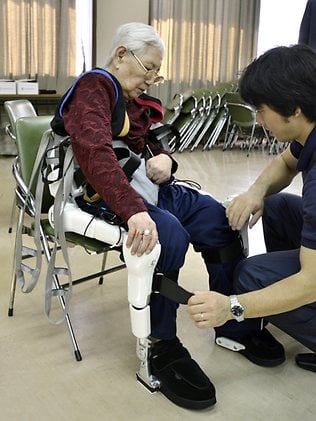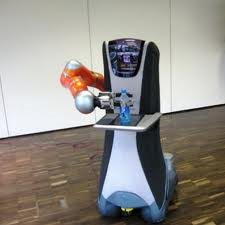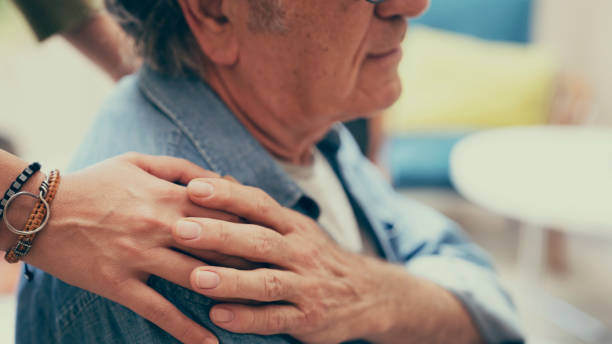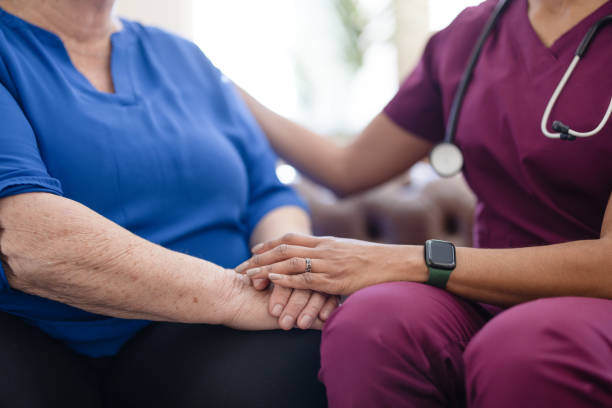What will happen with home care in the future? Learn about 5 new technologies created over the last 10 years that could change the home care industry.
1. Robot Suit
Robot Suit HAL (Hybrid Assistive Limb) was created by Cyberdyne, a robotics venture founded by Yoshiyuki Sankai of Tsukuba University. Wearing this battery-powered suit, a person can easily lift up to 120 pounds. The suit increases the person’s muscle action. Watch the video to see how it works.

Image courtesy of Cyberdyne.jp
HAL helps disabled patients remember how it feels to walk, leading to faster rehabilitation. When the individual tries to move his leg, electrical impulses flow from the brain to the leg muscles. Sensors detect brain signals and the robot suit begins to amplify the muscles’ action. Patients feel like they are moving their legs themselves.
Caregivers can use the suit for picking patients up off a bed, helping them bathe or assist with various daily activities. Patients can wear it themselves to walk, move around and do things independently. Currently, the suits are available for rent only in Japan at $2,000 per month.
2. Fall prevention technology
Recent fall prevention technology includes sensors embedded in textiles (think clothes!) that monitor the patient’s condition and sends the information to a mobile phone or hospital server. The sensors monitor movement patterns, pulse and even detect signals related to stretching the garment with shoulder movement alerting that a fall has occurred. An alarm system immediately sends a notification to a mobile phone and/or the hospital.
3. Emotional robots or companion robots
Emotional robots are intended to be used for companionship. There are many examples of these robots: Aibo, Yumel, PLEO, and Huggable. The most interesting example is an advanced interactive robot named “Paro”.
.jpg)
It looks like a baby harp seal which has sensors over the body so he can respond to vision, hearing and temperature. It responds to being stroked and to the sound of his name. Paro can talk with his owner and can learn new routines depending on the wishes of the user.
4. Service robots

Care-o-bot and Casero are interesting examples of service robots. Care-o-bot can hold a drink, help with documentation or even play memory games. Casero can help the elderly carry heavy items. It can orient itself in the environment, call an elevator and roll to another floor using a wireless internet.
5. Telepresence robots
Telepresence robots such as Giraff and VGo help homebound patients interact with people over long distances. These robots have a display and a loudspeaker. Professional clinicians will be able to monitor and speak to patients, providing medical consultation. Some of these robots (GiraffPlus) use sensors to monitor a patient’s blood pressure, body temperature, or changes in behavior. The data is analyzed and sent to a nurse or a caregiver.
Where is this new development going? The home care is getting more accessible and affordable. But robots can’t replace humans in home care. They can be an excellent assistance in providing physical aid and ensure safety, but they can’t help patients to feel better psychologically and emotionally. Only people can do that.
Contact Ezra Home Care today to find out more information and schedule a free Needs and Safety Assessment.



.jpg)


 Tweet
Tweet
 Share
Share



